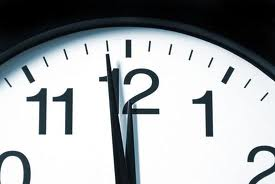Every few years, a Leap Second needs to be added to Coordinated Universal Time (UTC), so that we keep the time of the day as close to the mean solar time as is possible. On a Leap Second Day, an extra second is added to our clocks at midnight. This is done to match the time shown by the official atomic clocks.

In short, the official time will actually go from 23:59:59 to 23:59:60 instead of directly to 00:00:00.
How does Windows react to the extra Leap Second added
The Windows Time Service maintains the date and time synchronization on all clients and servers in the network.
When the Windows Time service is working as a Network Time Protocol (NTP) client:
It will receive a packet that includes a leap second. Therefore, after the leap second occurs, the NTP client that is running Windows Time service is one second faster than the actual time. This time difference is resolved at the next time synchronization.
When the Windows Time service is working as an NTP server:
There is no way to include a leap second explicitly for the Windows Time service when the service is working as an NTP server. However, if an external NTP server sends a Leap Indicator that has a value of 01 to the Windows Time service NTP server, the Windows NTP server sends the same value to following NTP client, mentions KB909614.
I suppose most of us will not worry too much over it, but for those fastidious ones – you might want to update the times of your computer, smartphone, or your wristwatch!